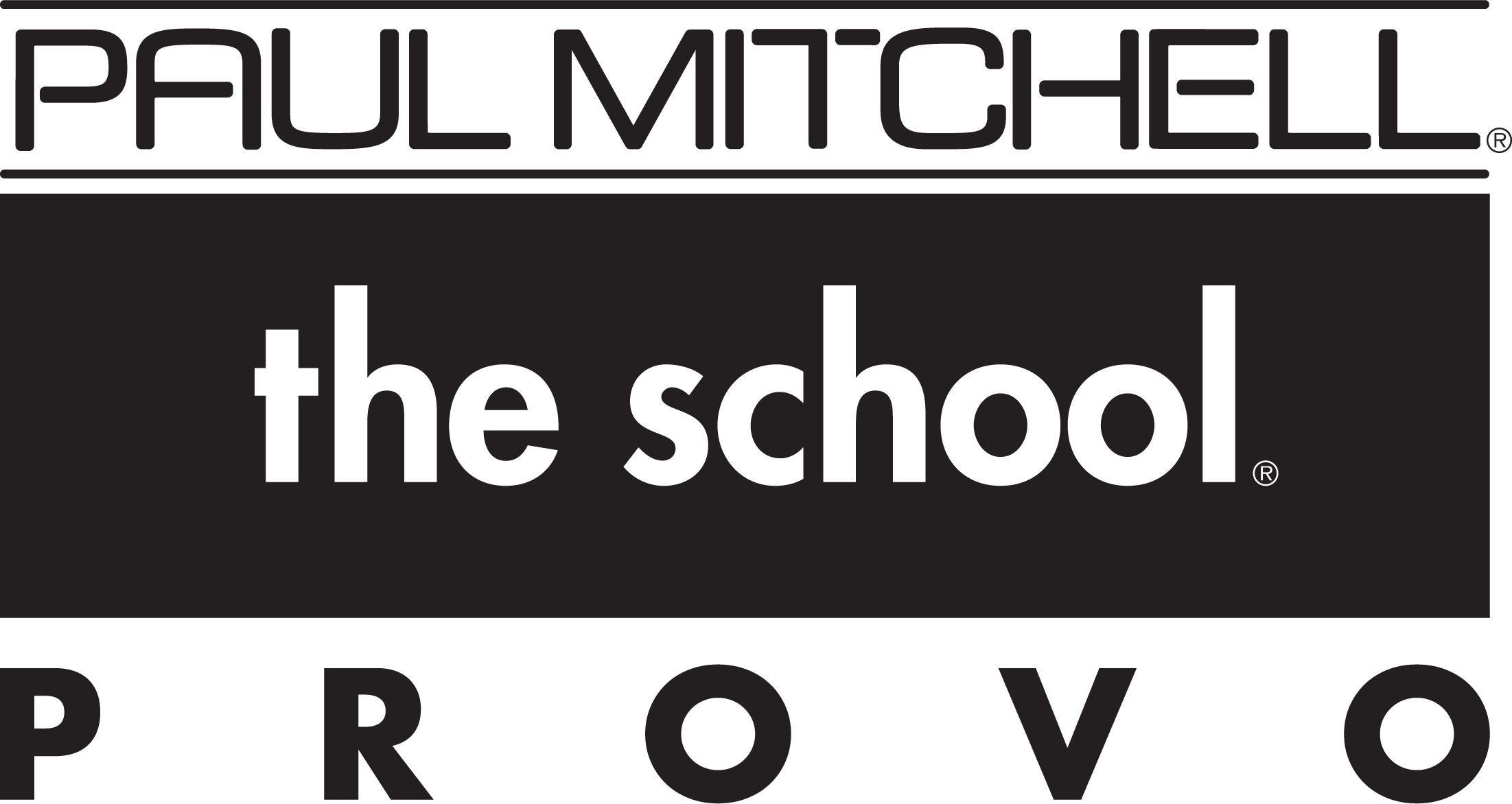NAIL TECHNICIAN COURSE DESCRIPTION
Standard Occupational Classification (SOC) 39-5092.00
Classification of Instructional Programs (CIP) Code 12.0410 MyCAA Course Code NAI101
The curriculum involves 300 hours to satisfy Utah state requirements. The course includes instruction and practical experience in acrylic nails, gel nails, manicures, pedicures, massage, customer service, personal appearance & hygiene, personal motivation and development, retail skills, client record keeping, business ethics, state laws and regulations, salon-type administration, and job interviewing.
*Graduates are prepared for an entry level nail specialist.
This course is taught in English. Textbooks and course materials are only offered in the English language.
NAIL TECHNICIAN COURSE OVERVIEW
Course Hours: 300 clock hours
The course is divided into pre-clinical classroom instruction and clinical service learning experiences.
- Pre-clinical Classroom Instruction: The first 60 hours are devoted to classroom workshops, demonstration, and practical experience. You will learn nail principles, technical information, and professional practices.
- Clinic Learning Experience: The remaining 240 hours are spent in the clinic classroom area, gaining practical experience.
NAIL TECHNICIAN COURSE OUTLINE
Your time at Paul Mitchell The School Provo for the nail technician program will be divided into three designations:
- Core Curriculum: This 60-hour time period is dedicated to exploring foundational knowledge and basic nails procedures. You will receive individual attention in practical workshops, and you will complete clinic practical worksheets and periodic tests throughout the course. This is an intense and exciting portion of your experience.
- Mentor Learning Experience: Your remaining 240 hours will be spent in the clinic classroom. You will dress, act, and work like a salon industry professional. You will use your own technical and therapeutic abilities, coupled with the assistance of Learning Leaders, to provide service to guests. You will make discoveries and learn relationship-building skills that will ensure your success in this exciting, diverse field.
- Theory Classroom Learning Experience: Your theory classroom time from 240 to 300 hours will be spent in theory class. This is an hourly class and requires 30 hours to graduate from the nail technician program.
NAIL TECHNICIAN COURSE SUBJECTS
The instructional program of Paul Mitchell The School Provo meets or exceeds the state requirements.
| Subject | Practical Application | Theory Hours |
|---|---|---|
| 5 | |
| 5 | 10 |
| 5 | |
| 2 | |
| 2 | |
| 5 | |
| 2 | 2 |
| 1 | 2 |
| 5 | |
| 5 | |
| 15 | 5 |
| 5 | |
| 5 | |
| 145 | 50 |
| 10 | 12 |
| 2 | |
| TOTAL HOURS | 178 | 122 |
| TOTAL CLOCK HOURS | 300 | |
The institution offers employment assistance to help graduates’ efforts to secure education-related employment that includes, but is not limited to training in professionalism, resume’ development, job interview preparation and job search skills.
NAIL TECHNICIAN PROGRAM TESTING AND GRADING PROCEDURE
The following tests and grading procedures are used to assess student learning and mastery of course content in the 300-hour course, which includes the hybrid distance education program:
- Academic theory exams: Students must receive a grade of 70 or higher on each assigned theory exam.
- Final exam 1: This test covers an overview of all related cosmetology subjects (e.g., anatomy, chemistry, etc.). Utah State law and other covered nail technology exams. Students must receive a grade of 70% or higher on all final exams.
- Clinic Practical Skill Assessments: Future Professionals progress in practical skill assessments and theory hours will be digitally monitored on a weekly basis by the Future Professional Advisor using the Course Key app. All assigned practical skill assessments must be completed in order to complete the program.
NAIL TECHNICIAN INSTRUCTIONAL TECHNIQUES AND METHODS
The courses are provided through a sequential set of learning steps which address specific tasks necessary for State Board preparation, graduation and job entry level skills. Clinic equipment, implements and products are comparable to those used in the industry. Each student will receive instruction that relates to the performance of useful, creative and productive career oriented activities. The course is presented through well-developed lesson plans that reflect the latest educational methods. Subjects are presented by means of lecture, demonstration, and student participation. Audio-visual aids, guest speakers, field trips, and other related learning methods are used in the course.
